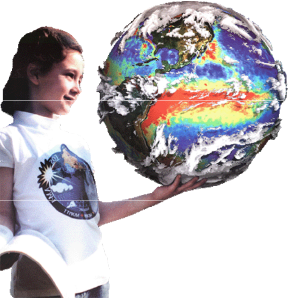 In two, four hour sessions, attendees will learn how to acquire Landsat imagery, display it in an open-source Geographic Information System (GIS), analyze spectral signatures of land cover types, and conduct a supervised land cover classification.
In two, four hour sessions, attendees will learn how to acquire Landsat imagery, display it in an open-source Geographic Information System (GIS), analyze spectral signatures of land cover types, and conduct a supervised land cover classification.
Both sessions will feature a lecture, followed by time for participants to complete hands-on exercises. Instructors will remain online to answer questions and provide guidance and feedback. In addition to the exercises, there will be one online homework assignment. Completion of the homework and live attendance at both lectures are required to receive a certificate of completion.
Dates/time:
Tuesdays: January 31, 2017 to Tuesday, February 7, 2017; 12:00–4:00 p.m. EST (UTC-5)
Learning Objectives:
+ Understand how to access and download Landsat imagery
+ Become familiar with Landsat bands and color combinations
+ Learn the basic steps for conducting a supervised land cover classification by:
+++ Creating training sites
+++ Analyzing differences in spectral signatures
+ Understand the differences between an unsupervised classification and a supervised classification
For full details and to register, please visit the NASA ARSET webpage.

Be Part of What’s Next: Emerging Applications of Landsat at AGU24
Anyone making innovative use of Landsat data to meet societal needs today and during coming decades is encouraged to submit and abstract for the upcoming “Emerging Science Applications of Landsat” session at AGU24.





